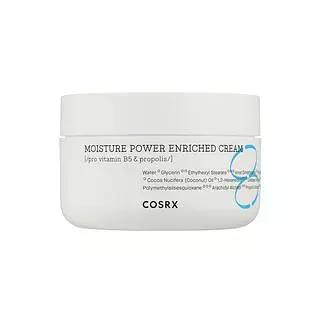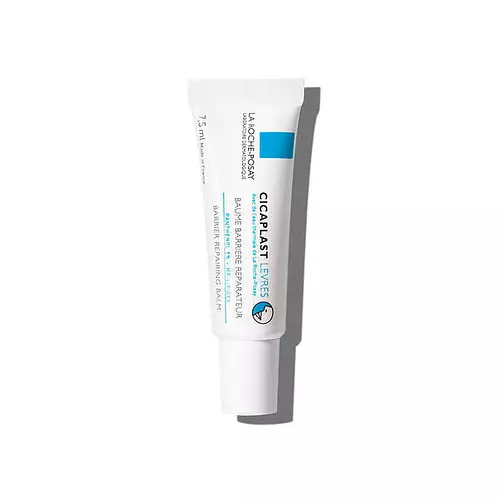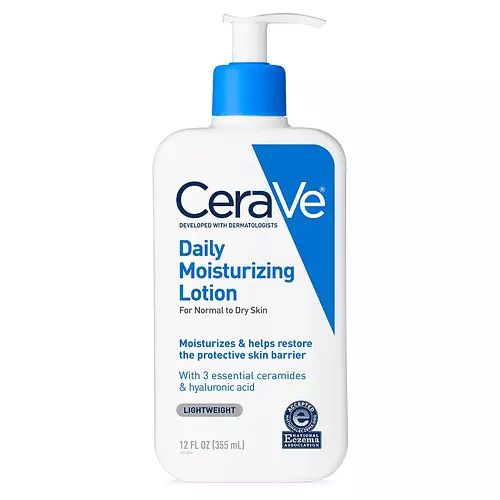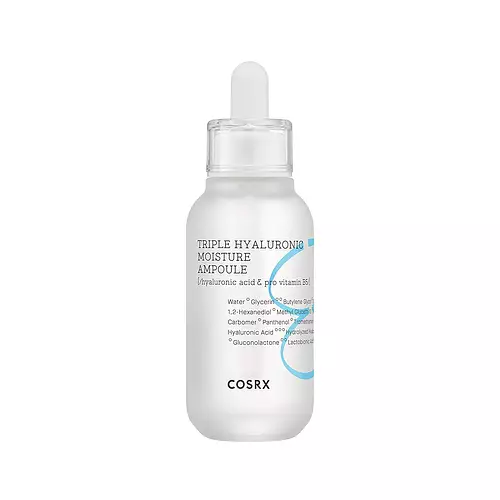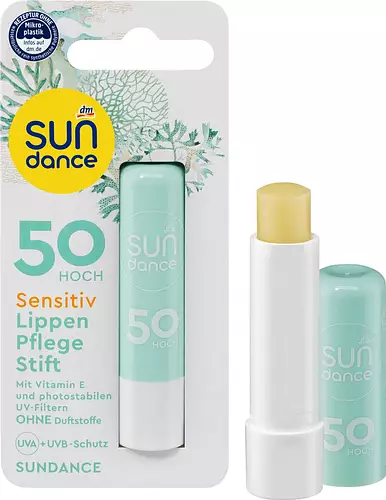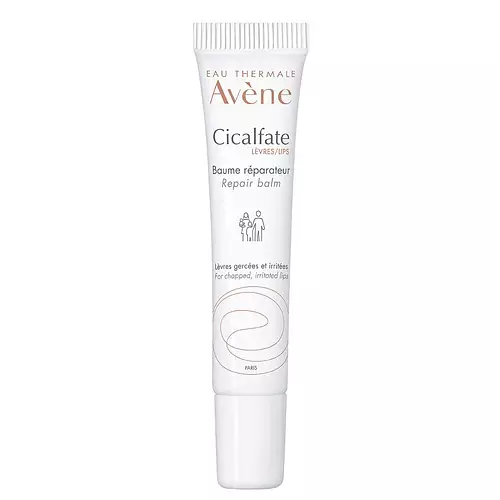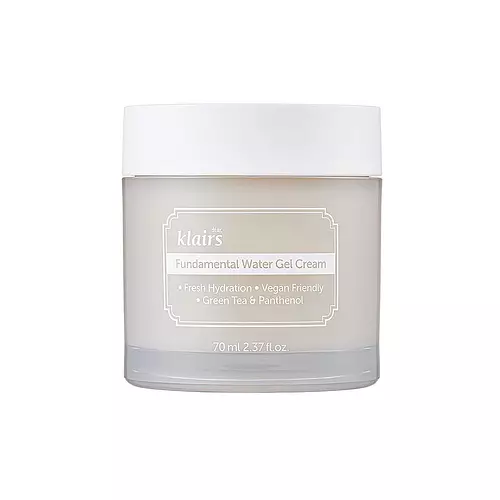Overview
What they are
These products are both reef safe . They have a total of 2 ingredients in common
Suited For
They're both likely to be good for dry skin and sensitive skin
Free From
They both do not contain any harsh alcohols, common allergens, parabens or sulfates
What's Inside
They both contain fragrances and oils
We independently verify ingredients, and our claims are backed by peer-reviewed research. Spot a product that needs an update? Let us know.
Ingredient Info
COSRX Hydrium Moisture Power Enriched Cream 36 ingredients
La Roche-Posay Cicaplast Levres Lips 16 ingredients
At a glance
Click on any of the items below to learn more
COSRX Hydrium Moisture Power Enriched Cream 36 ingredients
La Roche-Posay Cicaplast Levres Lips 16 ingredients
Benefits
This product contains 2 ingredients that may have this attribute:
This product contains 1 ingredient that may have this attribute:
This product contains 2 ingredients that may have this attribute:
This product contains 1 ingredient that may have this attribute:
This product contains 1 ingredient that may have this attribute:
This product contains 2 ingredients that may have this attribute:
Concerns
This product contains 3 ingredients that may have this attribute:
This product contains 3 ingredients that may have this attribute:
Benefits
This product contains 1 ingredient that may have this attribute:
This product contains 1 ingredient that may have this attribute:
Concerns
This product contains 2 ingredients that may have this attribute:
This product contains 2 ingredients that may have this attribute:
Ingredients Side-by-side
Ingredients Explained
These ingredients are found in both products.
Ingredients higher up in an ingredient list are typically present in a larger amount.
Water. It's the most common cosmetic ingredient of all. You'll usually see it at the top of ingredient lists, meaning that it makes up the largest part of the product.
So why is it so popular? Water most often acts as a solvent - this means that it helps dissolve other ingredients into the formulation.
You'll also recognize water as that liquid we all need to stay alive. If you see this, drink a glass of water. Stay hydrated!
Learn more about WaterPanthenol is a common ingredient that helps hydrate and soothe the skin. It can be found naturally in our skin and hair.
This ingredient is also referred to as pro-vitamin B5 or dexpanthenol in dermatology.
Panthenol is famous due to its ability to go deeper into the skin's layers. Using this ingredient has numerous pros (and no cons):
Like hyaluronic acid, panthenol is a humectant. Humectants are able to bind and hold large amounts of water to keep skin hydrated.
Once oxidized, panthenol converts to pantothenic acid. Panthothenic acid is found in all living cells.
Learn more about PanthenolIngredient Ratings
Here's what our community thinks of the ingredients in these two products.
When to use
COSRX Hydrium Moisture Power Enriched Cream 36 ingredients
La Roche-Posay Cicaplast Levres Lips 16 ingredients


Reviews
Here's what our community thinks
COSRX Hydrium Moisture Power Enriched Cream 36 ingredients
La Roche-Posay Cicaplast Levres Lips 16 ingredients
Daniel Chin
Absolutely fantastic. I needed a lip balm quickly before I went away for the weekend that would calm down the eczema I had all over my lips and...
Absolutely fantastic. I needed a lip balm quickly before I went away for the weekend that would calm down the eczema I had all over my lips and around my lip line. I started using it, and the next day the eczema and soreness was gone. I think my skin needed a break from actives. I’m docking a star as it’s not vegan or cruelty free, but damn, it hurts to do so, as this balm is perfect otherwise and would be an HG.
anitititi
Even though this is a gorgeous lip balm, it is quite high priced, about the same price as the entire tube of Cicaplast balm for the face.
